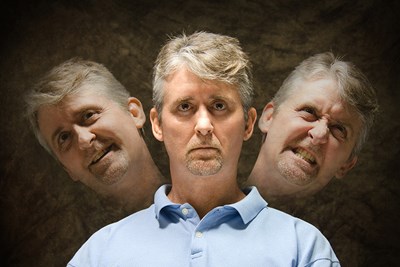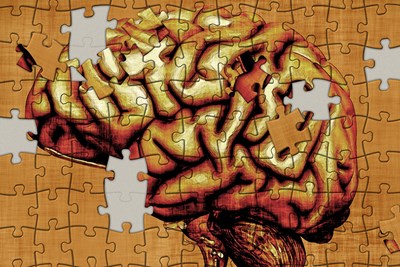Psychological disorders are often a source of discomfort because of the general lack of understanding about the nature of such conditions. While there are many different types of psychological conditions, psychotic disorders (those involving a break between reality and the affected individual’s perception) are probably some of the least understood.
Schizoaffective disorder and schizophrenia both fall under the category of psychotic disorders, and although they share a lot of similarities, they are most certainly not the same thing. Here is a look at what these these two disorders are and their similarities and differences.
What is Schizophrenia?
In terms of the general public, schizophrenia is a term often used to refer to any sort of misunderstood and deep-rooted abnormality. Schizophrenia doesn’t necessarily mean a person hears voices (although auditory hallucinations can be a part); nor does it mean someone’s brain has split into multiple personalities.
Schizophrenia involves a disturbance in cognition, behavior, perception, emotion, and communication. An individual may present both "positive" symptoms (those in which thoughts, feelings, and behaviors are exaggerated beyond the established norm) and "negative" symptoms (those in which behaviors are exhibited below the established norm).
Additionally, there are five different types of schizophrenia:
- Catatonic type: Its prime characteristic is very odd motor behavior, such as a nearly complete lack of movement or purposeless repetition.
- Disorganized type: Speech, behavior, and affect (emotion) are all disrupted, but there is no organizing theme of symptoms.
- Paranoid type: Characterized by an overriding delusion of persecution with very little disruption in speech or motor behavior. Auditory hallucinations may be common.
- Undifferentiated type: Diagnostic criteria of schizophrenia in general are overwhelmingly present, but none of the other types’ criteria are sufficiently met.
- Residual type: Some eccentricities and oddities of behavior or affect remain following an appropriate diagnosis of schizophrenia, but psychotic symptoms are not prominent.
What is Schizoaffective Disorder?
Schizoaffective disorder is a dual-natured psychological condition. While all of the diagnostic criteria for schizophrenia must be met, the additional issue of a mood disorder must be present. A mood disorder refers to an extreme disturbance of an individual’s emotions.
The two mood disorders particular to schizoaffective disorder are major depression and bipolar disorder. Major depression, or a major depressive episode, is defined as an overwhelming and potentially disabling sadness beyond the normal lows of life. Bipolar disorder’s prime characteristic is the presence of a manic episode, during which a person is filled with euphoria and frenetic thoughts and behavior to such an extent that certain impairments may ensue.
Additionally, there must be at least two weeks during which the mood disorder is not evident, but the psychotic symptoms are ongoing.
Similarities and Differences
Ultimately, the difference in schizophrenia and schizoaffective disorder is the presence of the mood disorder symptoms. The two may mimic each other as far as psychotic symptoms are concerned, which means it is extremely important to look beyond what may seem to be the obvious answer in diagnosis.
Although the isolation and dysfunction that often come with psychotic disorders can cause feelings of dysphoria, these are not the same as the presence of a mood disorder. Substance abuse is often a problem in unmanaged psychotic disorders and can contribute to what may seem like depression, mania, or even some psychotic symptoms.



